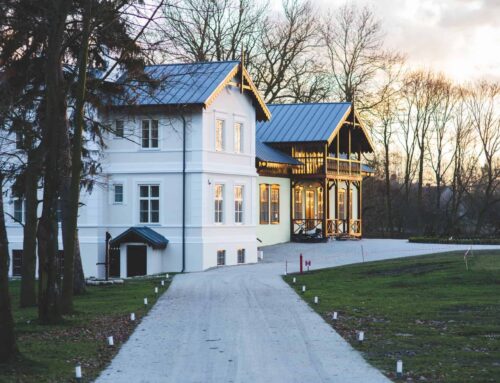Current housing market trends in San Francisco
 San Francisco’s housing market, a complex blend of high demand, limited supply, and significant economic drivers, continues to be one of the most scrutinized in the United States. As the epicenter of technological innovation and unique cultural appeal, the city faces distinct challenges and opportunities in its real estate landscape.
San Francisco’s housing market, a complex blend of high demand, limited supply, and significant economic drivers, continues to be one of the most scrutinized in the United States. As the epicenter of technological innovation and unique cultural appeal, the city faces distinct challenges and opportunities in its real estate landscape.
This analysis delves into the latest trends shaping San Francisco’s housing scene, from the cooling of its previously red-hot price increases to the evolving dynamics of remote work and its impact on where and how people choose to live. With its tight geographic constraints and status as a tech hub, San Francisco offers a unique case study on urban housing trends, affordability issues, and the push towards more sustainable living options amidst ongoing supply constraints.
The State of the Market
High Prices, But Growth is Slowing: San Francisco’s housing market remains one of the most expensive in the United States. However, recent data suggests a slowing in the price growth rate. While the city continues to see high demand for housing, the astronomical price increases characteristic of the past decade have moderated. This slowdown can be attributed to a combination of market saturation, affordability limits being reached, and a shift in buyer preferences, possibly accelerated by the COVID-19 pandemic’s influence on remote work.
Impact of Remote Work: The pandemic has had a lasting impact on work patterns, with many companies adopting flexible or fully remote work policies. This shift has allowed some potential buyers to look for housing in less expensive areas, reducing demand pressure in San Francisco. Nevertheless, the city’s allure remains strong for those who value its cultural, social, and professional opportunities, keeping demand relatively robust in desirable neighborhoods.
Supply Constraints Continue: San Francisco’s geographic limitations, stringent zoning laws, and regulatory hurdles have historically constrained the supply of new housing. Efforts to increase density and add new units have faced significant challenges. However, there’s a growing push for reform to address the housing affordability crisis. The limited supply continues to be a fundamental driver of the market’s dynamics, keeping prices high despite other moderating factors.
Affordability and Displacement Concerns
Affordability remains a pressing issue, with a significant portion of the city’s workforce struggling to find affordable housing options. The high cost of living has led to concerns about displacement and the erosion of economic diversity. In response, policies are increasingly focused on protecting tenants, promoting affordable housing development, and ensuring that the city remains accessible to a diverse population.
Emerging Trends
Shift Towards Condos and Townhomes: With single-family homes becoming increasingly unaffordable for many, there’s a noticeable shift towards condos and townhomes, which are often more accessible. This trend is reflected in sales data and new development projects, highlighting a gradual change in the city’s housing stock and buyer preferences.
Green Housing and Sustainability: San Francisco is also at the forefront of the green housing movement, with many properties featuring sustainable design and energy-efficient technologies. This trend is driven by both consumer demand for environmentally friendly living options and local regulations promoting sustainability.
Tech’s Influence Remains Strong: Despite some tech companies embracing remote work, the tech sector’s influence on the San Francisco housing market remains significant. The city continues to attract a highly skilled workforce, sustaining demand for housing and shaping market trends.
Looking Ahead
The current trends in San Francisco’s housing market reflect a complex interplay of economic, social, and environmental factors. While challenges in affordability and supply persist, there are signs of adaptation and change, including shifts in housing preferences, the impact of remote work, and a growing emphasis on sustainability. As the city navigates these dynamics, the housing market will continue to evolve, offering new opportunities and challenges for buyers, sellers, and policymakers alike.
San Francisco’s housing market remains a bellwether for urban housing trends in the United States, encapsulating the challenges and opportunities of living in one of the world’s most dynamic cities.




